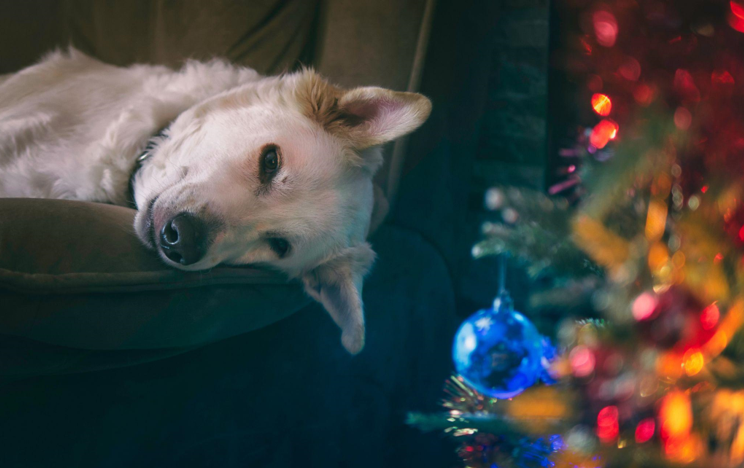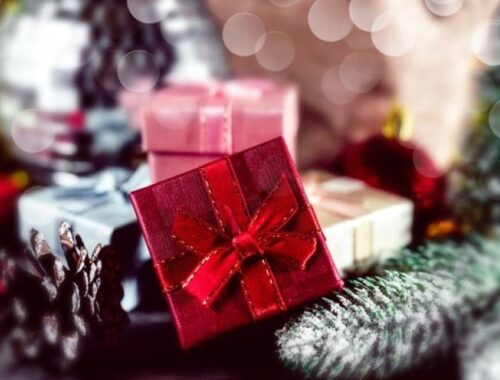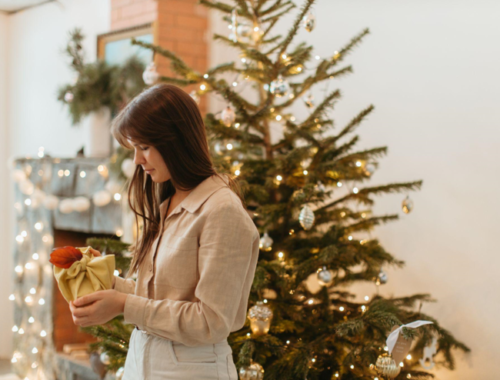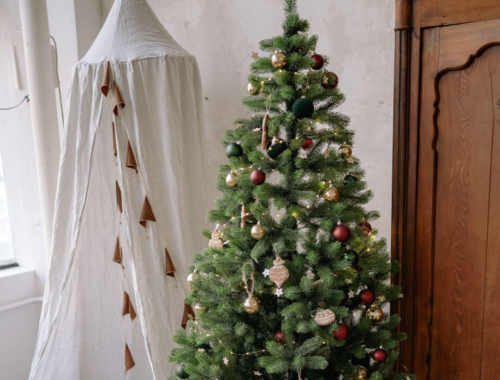
The Evolution of Artificial Christmas Trees and 20th-Century Century Cellphones
The Birth of Artificial Christmas Trees in the 20th Century
The tradition of decorating Christmas trees dates back to the 16th century when people in Germany began to adorn evergreen trees with candles. However, it was in the 20th century that artificial Christmas trees became popular. In the early 1900s, manufacturers started using feathers to create artificial trees. By the 1930s, they switched to using brush bristles, and in the 1950s, aluminum trees became all the rage.
With the advent of mass production and new manufacturing techniques, artificial Christmas trees became more affordable and accessible to the average consumer. In the 1980s, people started incorporating lights into the tree design to make decorating more accessible. But with technological advancements came environmental concerns, and the traditional artificial tree started to lose favor.
The Modern Alternative: Sustainable Artificial Christmas Trees
As people became more conscious of their consumer choices’ impact on the environment, sustainable options for artificial Christmas trees emerged. Today, modern artificial trees are made from eco-friendly materials and designed to be durable and reusable for years to come. They can even come pre-lit with energy-efficient LED lights, eliminating the need to purchase and dispose of additional decorations year after year.
The benefits of choosing a sustainable artificial Christmas tree are many. Not only do they contribute to environmental conservation, but they are also cost-effective and eliminate the need to cut down a live tree each year. Moreover, they are more versatile in design, as they can be customized to fit any theme or color scheme.
In conclusion, the evolution of artificial Christmas trees has come a long way from the days of feathers and aluminum. As we enter the 21st century, sustainable alternatives are becoming increasingly popular, offering a modern solution that addresses environmental concerns while allowing for festive holiday traditions. So, next time you are in the market for a Christmas tree, consider the impact on the planet and choose a sustainable option.
You May Also Like

Fun Ways To Move The Elves That Santa Claus Leaves At Your Home
September 26, 2022
The Perfect 9-Foot Artificial Christmas Tree for Your Home: Tips and Tricks!
May 28, 2023

